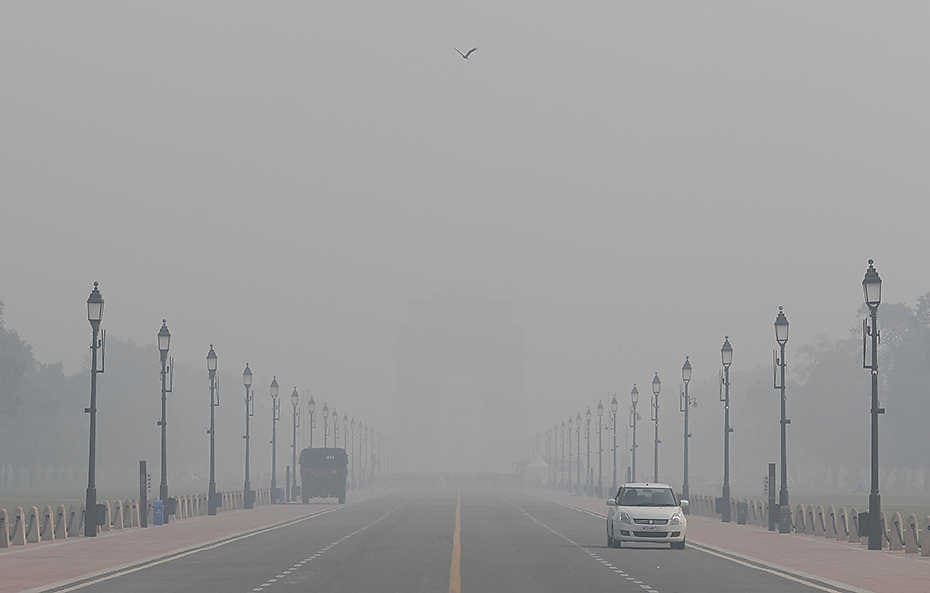Free Courses Sale ends Soon, Get It Now


Free Courses Sale ends Soon, Get It Now



Copyright infringement not intended
Context: Curbing air pollution in India needs efforts across South Asia: WB report
Details:
https://epaper.thehindu.com/Home/ShareArticle?OrgId=GFNAKVJDK.1&imageview=0
© 2024 iasgyan. All right reserved